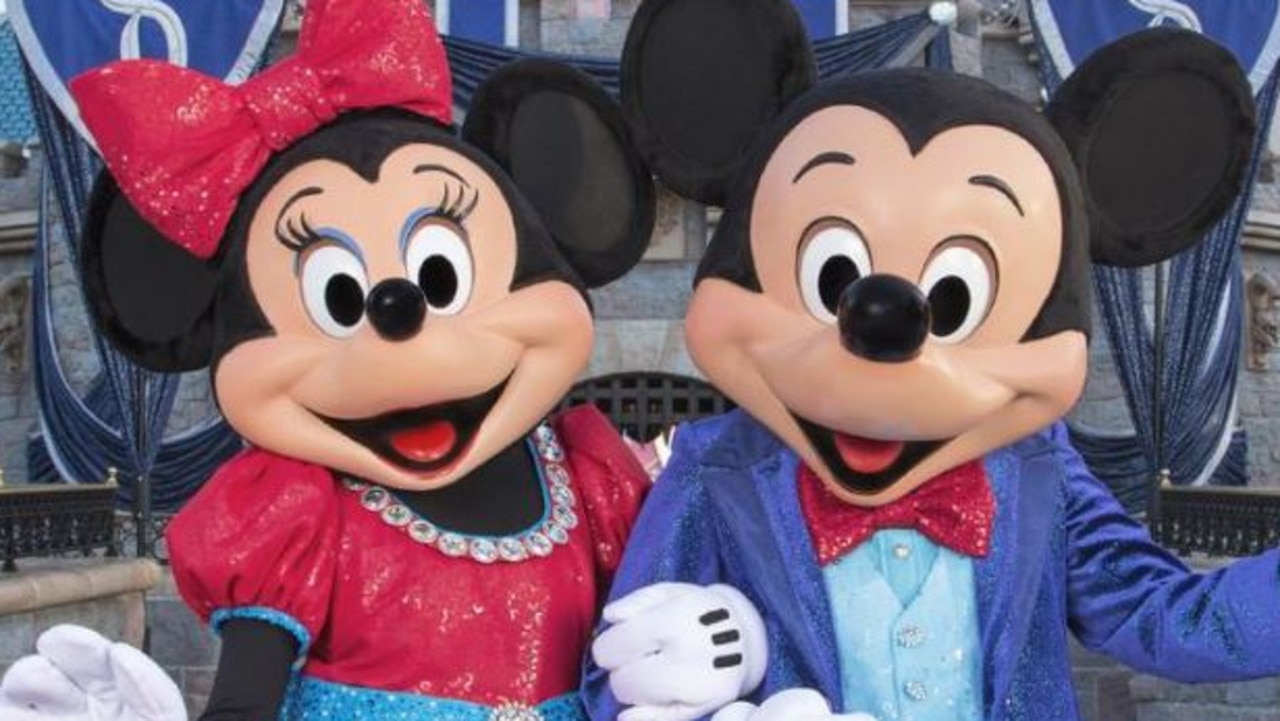Disney has overtaken Netflix in the global race for streaming customers. But there’s a catch. Actually, there are many catches.
The headline numbers are that Disney as an entertainment megalith now has 221.1 million subscriptions to Netflix’s 220.6 million accounts.
While that looks like Disney has surpassed Netflix in the streaming wars, that 221.1 million number is a combined figure of Disney+ customers as well as US services Hulu and ESPN. Netflix only has the one brand so it’s not a like-for-like comparison.
Of that total figure, Disney+, which launched in late-2019, has amassed 152.1 million subscribers worldwide. It increased its membership by 14.4 million subscribers, more than the 10 million that was forecast.
That’s catch number one in the Disney versus Netflix narrative.
The more revealing asterisk comes when you drill down into the numbers around average revenue per user (ARPU), as industry publication Variety you have donated
ARPU is an important measure for finance types because it reflects how much each customer is worth to a business. The higher the ARPU, the more money each customer is spending with the business.
According to Variety, Disney’s ARPU in the US and Canada was $US6.27 per customer per month compared to Netflix’s $US15.95 for the same region. Disney’s subscription price in the US and Canada is significantly lower than Netflix’s.
The difference in ARPU is even more glaring in India and Southeast Asia where Disney is only making $US1.20 per month to Netflix’s $US8.83 in APAC.
While it may seem like ARPU is something that investors and money people care about, ultimately it will affect audiences.
In a bid to increase that ARPU, there’s currently a lot of movement around pricing.
Disney has announced US prices for Disney+ will increase by 38 per cent in December, from $US7.99 to $US10.99 per month, at the same time as the introduction of an ad-supported membership tier which will be priced at $US7 .99.
Disney+ will roll out the ad-supported option globally in 2023.
In Australia, Disney+ is priced at $11.99 a month. It launched at $8.99 a month but increased the cost in February 2021 when it added the Star sub-brand to its platform.
Locally, Star houses Disney’s more adult-oriented programming and includes many of the exclusive movies and shows that are made for Hulu in the US. This has included series such as dopesick, WeCrashed and the upcoming critical sensation Bear.
Netflix will also introduce an ad-supported membership tier from 2023.
Netflix had previously eschewed introducing advertising on its platform with co-chief executive and co-founder Reed Hastings rejecting the idea.
The company did an about-face in April when it revealed it had for the first time in a decade gone backwards in its subscription numbers.
An ad-supported tier is one of two main tactics Netflix is deploying to arrest its declining membership. A cheaper subscription option could be attractive to existing and potential customers feeling the pinch of global economic and inflationary pressures.
And advertising revenue from brands may increase Netflix and Disney’s ARPU.
Netflix’s other plank in boosting its subscriber numbers is to crackdown on password, a common practice which is a violation of its terms and conditions but is done by 100 million of its customers.
Netflix is trialling two forms of a crackdown in smaller territories in Latin America, both of which means charging customers an extra fee for sharing their login details beyond their residence.
The American streaming market is going through a tumultuous period due to increased competition and economic conditions.
Earlier this month, Warner Bros Discovery announced it will combine its two streaming services, HBO Max and Discovery+ following its merger. The Warner Bros Discovery move could signal the long-awaited consolidation many in the industry have flagged for some time.
In Australia, there are more than a dozen paid streaming platforms, ranging from broad appeal brands such as Binge*, Netflix, Stan and Amazon Prime Video to niche products such as Shudder, Hayu and Shelter.
According to Roy Morgan data published in February, 74.5 per cent of Australians accessed a subscription video-on-demand platform across an average of four weeks in the three months to December 2021, an increase of 2.5 per cent.
The most popular service remains Netflix, followed by Foxtel Group*, which owns Foxtel, Binge, Kayo and Flash.
Roy Morgan estimated Australians use on average 2.7 subscription video-on-demand services, up from 1.8 a year earlier.
*Foxtel Group is majority owned by News Corp, publisher of this website
.
